Day 1 - Whole Team
Define the challenge and target audience
Build empathy with key user personas and map how the customers will interact with your products.
- Discover
- Map
- Empathize
Get fast validation of product ideas with Windmill’s Product Design Sprint. Reduce development risks and generate a solid foundation for an investment decision.
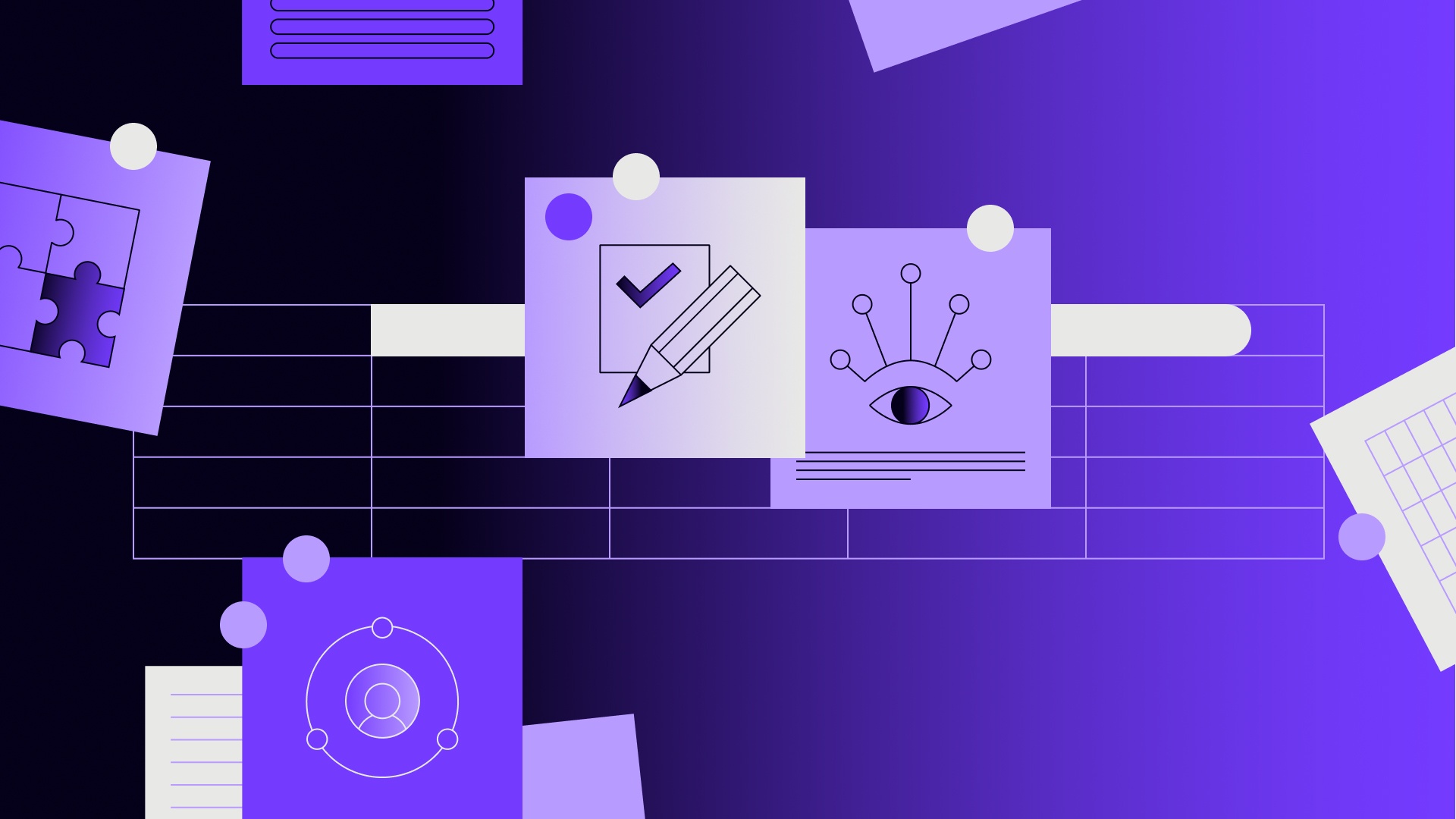
Product Design Sprint answers critical questions about a product’s viability and provides material for buy-in and implementation—in just ten days. First developed at Google Ventures, Design Sprint is a “greatest hits” of business strategy, innovation, behavior science, Design Thinking, and more, packaged into a battle-tested process that any team can use.
Working together in a sprint, Product Design Sprint shortcuts the endless-debate cycle and compresses months of work into a few intensive days. Instead of waiting to launch an MVP to learn if an idea is any good, you’ll get reliable data from a realistic prototype.
The sprint gives you a superpower: To fast-forward to the future to see your finished product and customer response—before making any expensive commitments.
With the help of intuitive, collaborative tools, Windmill has adapted Product Design Sprint to be equally successful online as in-person.
While the whole process takes ten days, customer involvement is just four days. Better yet, to meet the needs of enterprises and to fit busy schedules, decision-making participation is required only for the first two days.
Before the workshop begins, Windmill conducts preliminary research to define the scope of the sprint.
Build empathy with key user personas and map how the customers will interact with your products.

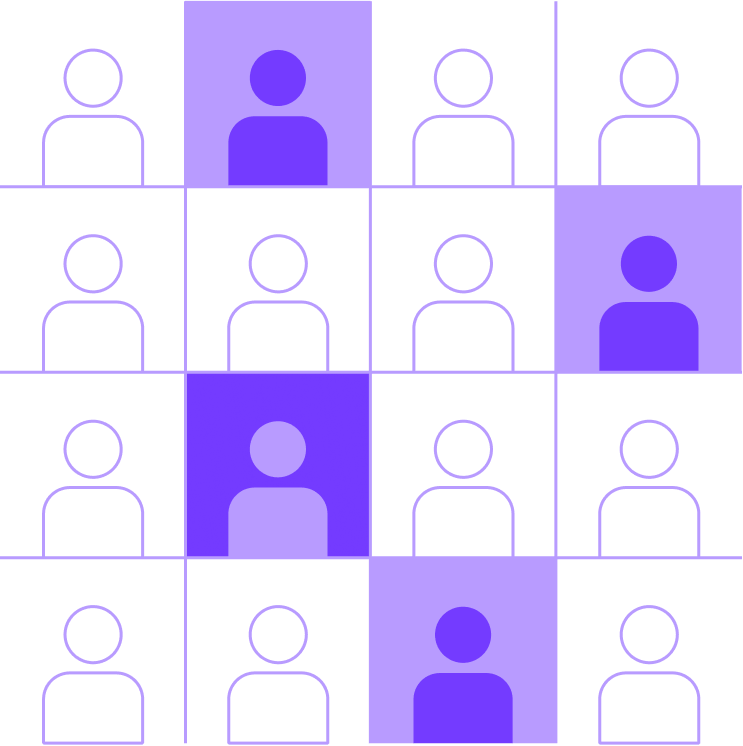
The Client and the Windmill team jointly sketch ideas and user journeys to discover concepts worthy of exploration.
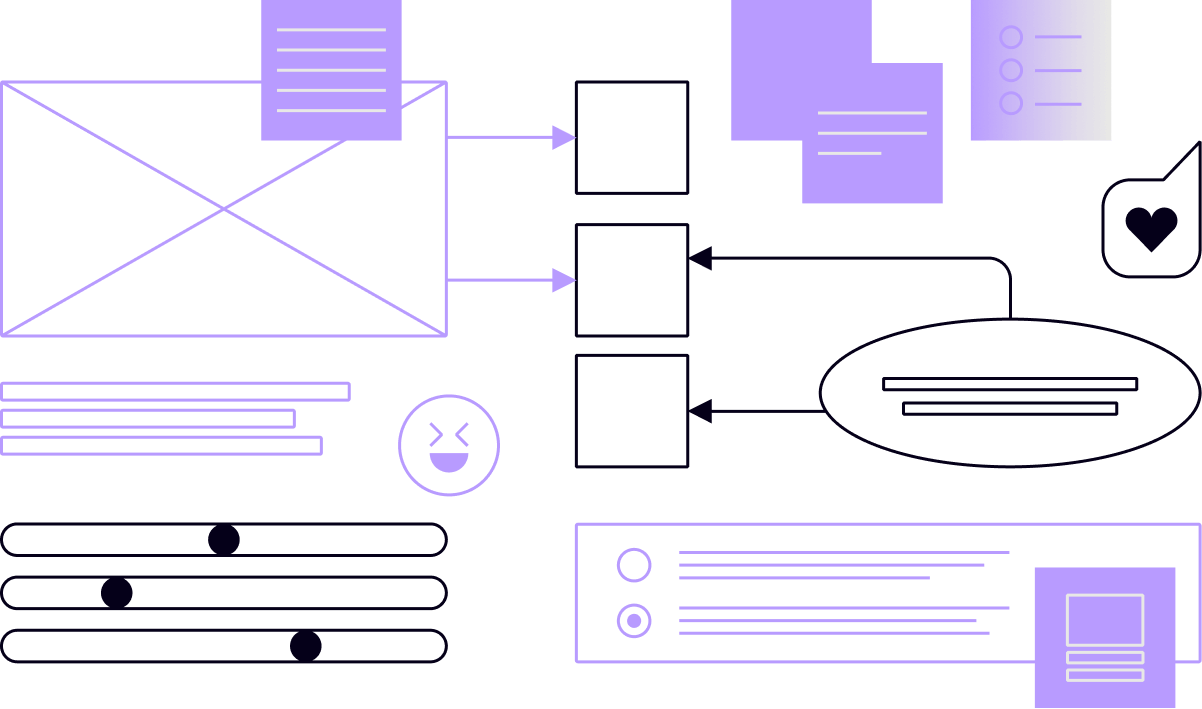




With user personas mapped and journeys sketched, Windmill makes product prototypes.


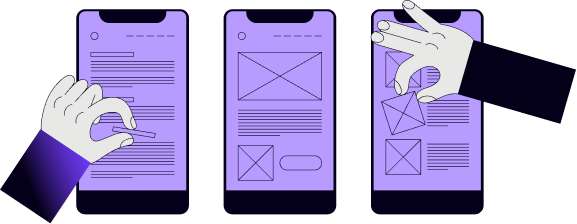
Windmill’s skilled researchers validate prototypes with users and stakeholders.
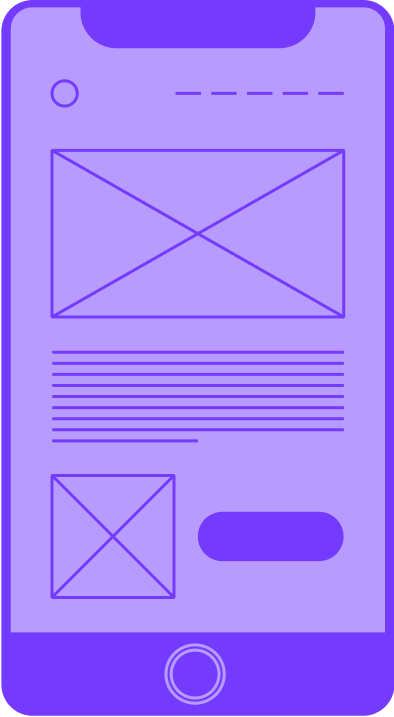
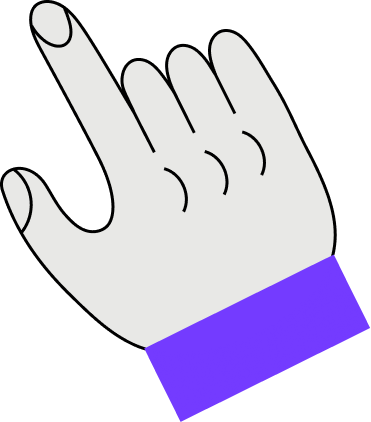
Workshop complete, Windmill compiles a report packed with insight for sharing with investors and making decisions.
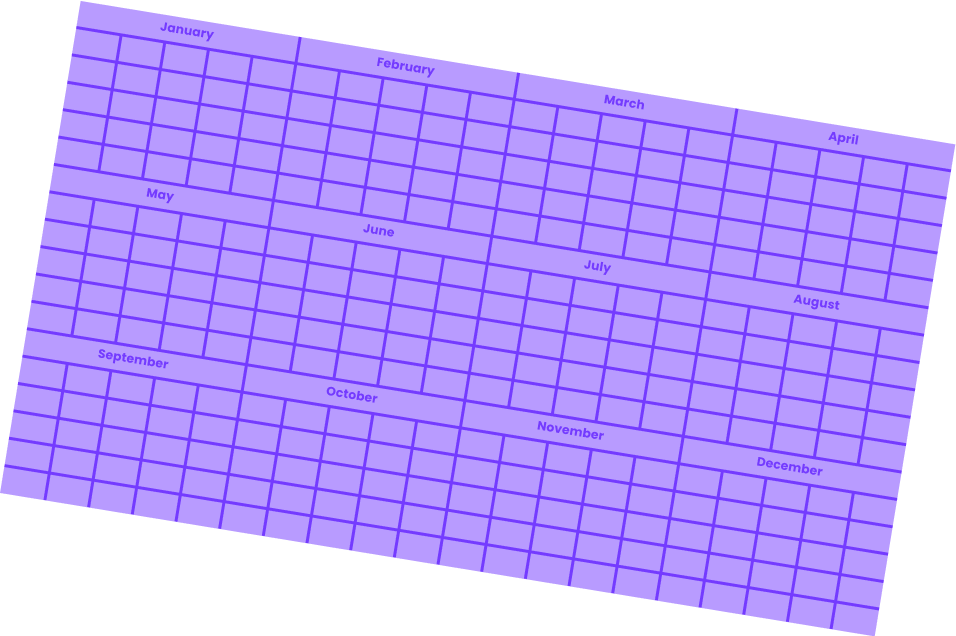


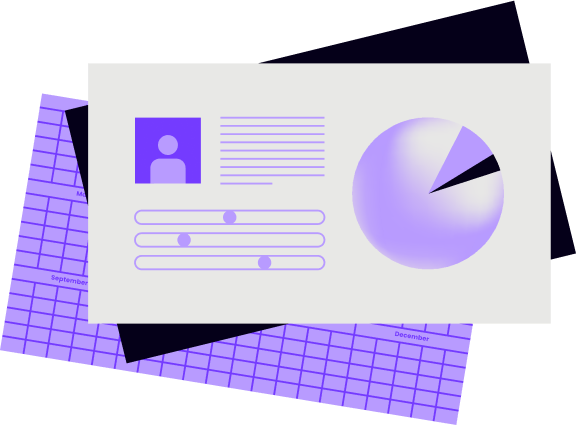
Helping leading companies frame game-changing ideas





We are very proud of the partnership with Windmill, combining Windmill’s world-class design thinking approach to Digital Transformation with Squirro’s renowned and visionary Insights Engine platform to help customers successfully execute their data analytics strategy, and to solve a range of critical business challenges.Sam Espinosa, SVP Sales & Marketing
I’ve partnered with Windmill across dozens of projects in both startups and large enterprises, collaborating to solve user problems across a number of different industry segments. They understand modern, user-centric product design and are my “go-to” partner for my most important opportunities.Eric Larnard, VP Platform & Shared Services, Clarivate Analytics

We have adapted the workshop to be equally successful both online and in-person
A Design Sprint is a product development workshop powered by Design Thinking, the same framework that underpins all Windmill’s product design success. With Design Thinking, we work with you to empathize with the customer, define the target problem, generate ideas, make a prototype, and test the solution.
To adapt to pandemic working protocols – or simply if a customer prefers to – Windmill conducts online Design Sprint workshops using Miro. Miro is a real-time collaboration tool that allows a whole team to engage in ideation sessions. Windmill has hosted more than 50 online Design Sprints in the last few years.
Design Thinking is a tried-and-tested product development methodology. It provides a way of shortcutting development cycles, bypassing the build phase, and allowing teams to design, test, and iterate at pace.
The two key deliverables of the Design Sprint are a prototype and a business case document. The report is packed with insight for sharing with investors and potential customers.
Ahead of the workshop, Windmill will conduct preliminary research to define the scope of the sprint. However, we do not want to constrain our design work by technical details: usability and product features are the priority.